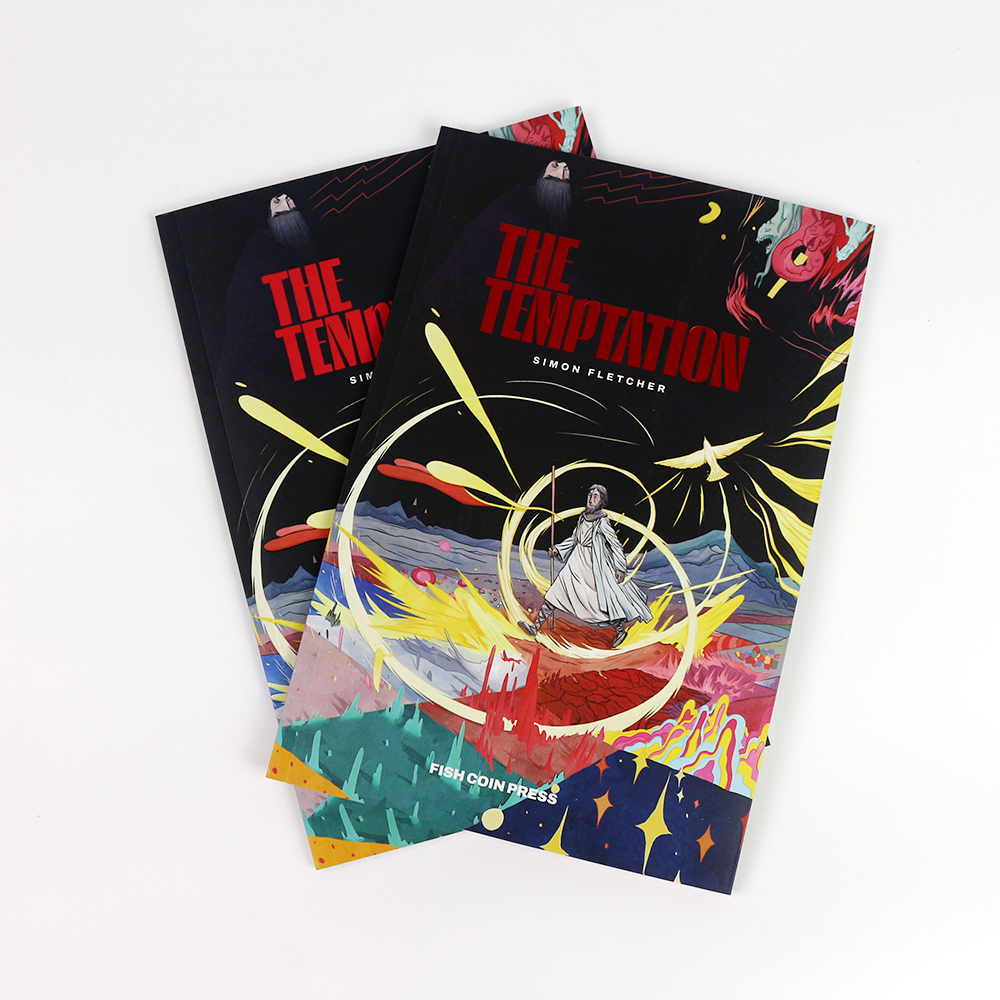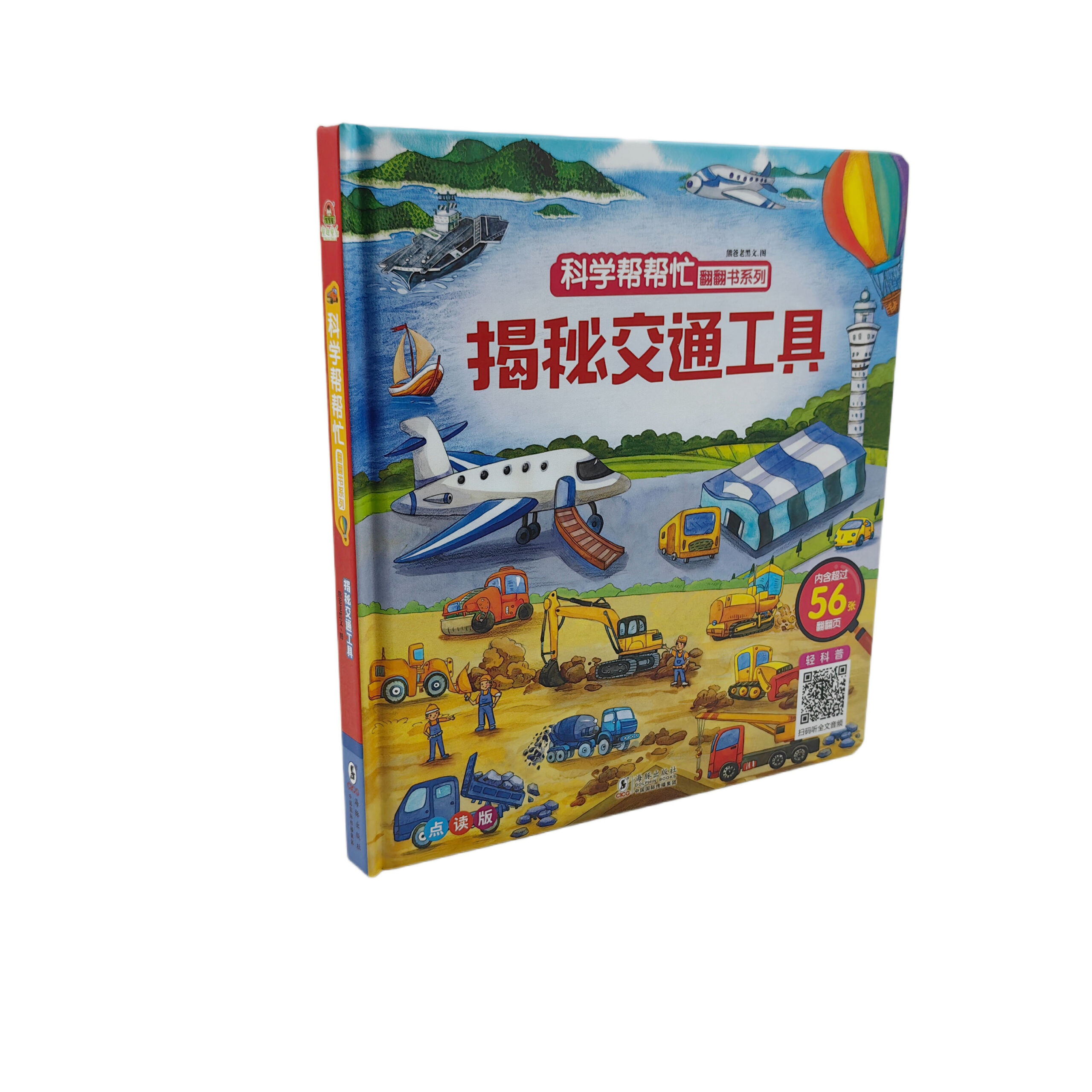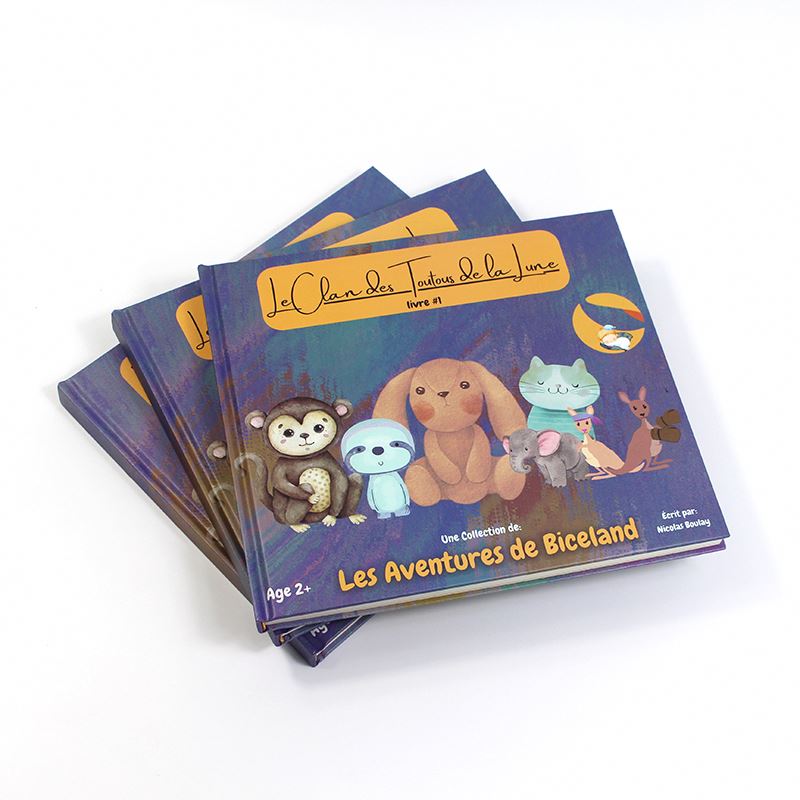Wie viel kostet der Druck eines Kinderbuchs?
You’ve poured your heart into writing and illustrating your 32-page children’s book, and now you’re eager to see it come to life as a printed work. As a book printing factory, we understand the excitement and curiosity surrounding the cost of producing your dream project. This guide aims to break down the exact costs involved in printing a full-color, 32-page children’s book in 2024, whether you’re considering print-on-demand or bulk offset printing.
We’ll also share some valuable insights into how you can minimize your printing expenses while maintaining high-quality output, ensuring that your book remains affordable for readers and profitable for you as an author. We believe that every aspiring author deserves to see their work in print, and understanding the costs involved is the first step toward making that dream a reality.
Inhaltsverzeichnis
1. Printing Methods: Print-On-Demand vs. Offset Printing
As a book printing factory, we often receive questions about the two main printing methods used by self-publishers: Print-On-Demand (POD) and Offset Printing. Let’s break down the differences between them to help you decide which best suits your needs.
Drucken auf Abruf (POD)
POD is a popular option for independent authors. It allows you to print copies of your book only when orders are placed, so you don’t need to invest in a large print run upfront. While POD reduces financial risk, it often comes with a higher per-unit cost compared to offset printing.
Some well-known POD service providers include:
Amazon KDP Print
IngramSpark
Lulu
For a standard 8.5” x 8.5” 32-page children’s book, the approximate costs are:
50 copies: $5.87 per book
100 Exemplare: $4.41 per book
250 Exemplare: $3.99 per book
These costs generally remain similar across popular POD services for both hardcover and paperback editions with full-color printing. Keep in mind that additional expenses may include shipping fees, author copies, and applicable taxes.
POD is particularly beneficial if you’re just starting out or if you have limited storage space. The flexibility to print as needed allows you to test the market without committing to a large inventory, making it a preferred choice for many first-time authors.
Offsetdruck
Offset printing, on the other hand, involves producing books in bulk using large printing presses. This method requires a larger upfront investment, but the more copies you print, the lower your per-unit cost becomes.
Top offset printers include:
Brodart Books
McNaughton & Gunn
Bang Printing
For 32-page children’s books, the estimated costs are as follows:
250 Exemplare: $5.52 per book
500 copies: $3.97 per book
1,000 copies: $2.86 per book
2,500 copies: $2.05 per book
Offset printing typically includes free shipping within the continental US, although additional charges may apply for author copies, storage, or delivery outside the US. Offset printing is often the best choice for established authors or those with a clear distribution plan, as the cost per unit becomes very economical at higher volumes.
Key Takeaway
POD printing is a good option for new authors who are testing the waters. However, offset printing offers significantly lower per-unit costs at larger quantities, making it more suitable for experienced authors looking to maximize their profit margins. The choice between POD and offset printing ultimately depends on your goals, budget, and sales expectations.
2. Factors That Affect Printing Costs
Whether you opt for print-on-demand or offset printing, several factors determine the total cost of printing your book. Here are the key elements that impact your printing expenses.
Seitenanzahl
The number of pages in your book directly influences the overall production cost. More pages require more paper, ink, and binding materials, leading to higher expenses. Books with up to 48 pages can still be printed on a single large press sheet, which helps optimize costs. However, exceeding 48 pages may require two press sheets per book, thereby increasing production expenses.
It’s important to carefully consider the length of your book during the editing process. Shorter books are less expensive to produce, but you should also ensure that the story feels complete and engaging for your readers.
Color vs. Black & White
rinting your book in full color is more expensive compared to black-and-white interior printing. Full-color books require four ink passes (cyan, magenta, yellow, and black) to achieve vibrant imagery. This process takes longer and requires more materials, which increases the cost. However, if your book is illustration-heavy, full-color printing may be essential to achieve the desired visual impact.
Black-and-white interiors can be a good choice for books targeting older children, where illustrations may not be as critical to the story. However, for younger audiences, the vibrant colors of full-color printing are often more appealing and engaging.
Hardcover vs. Paperback
Hardcover books tend to be more costly than paperbacks due to their thicker boards, spine materials, and the additional labor required to create a durable, rigid cover. While hardcover books offer a premium appearance, paperbacks may be a more cost-effective option for budget-conscious authors.
Hardcovers are often seen as a better choice for books that will be gifted or for those that are likely to be kept for a long time, such as children’s keepsakes. Paperbacks, on the other hand, are lighter, easier to handle, and generally more affordable for parents looking to purchase multiple books.
Trim Size
The size of your book also affects the printing cost. Standard trim sizes, such as 8.5” x 8.5”, are more cost-efficient as they can be printed efficiently on press sheets, reducing waste. Oversized books, on the other hand, may require larger paper sheets and more ink, resulting in increased costs.
Choosing a standard trim size can also make your book more compatible with retail and distribution channels, as it fits well with the shelving and display standards used by bookstores and libraries.
Specialty Printing Options
Adding specialty features like spot UV coating, foil stamping, or embossing can make your book stand out but will also increase production costs. These options require additional materials and production time, making them a more expensive choice for authors.
While specialty options can add a unique and eye-catching element to your book, it’s essential to weigh the costs against the potential benefits. Consider whether these features are likely to attract more buyers or enhance the reading experience enough to justify the added expense.
3. Pro Tips for Reducing Printing Costs
Here are some practical tips to help you lower the costs of printing your 32-page children’s book:
Compare Printer Rates
Prices can vary significantly between different printing companies, so it’s wise to request quotes from multiple vendors. Also, consider whether you want to work with domestic printers or overseas suppliers. Overseas printing services may offer lower labor costs, but they usually come with longer lead times.
When comparing rates, be sure to ask about additional fees, such as shipping and storage, to get a complete picture of the costs involved. Also, consider the level of customer service provided—working with a printer who is responsive and attentive can make the entire process smoother.
Set an Optimal Page Count
If possible, edit your book to fit 16, 24, or 32 pages. These numbers work well with printing press sheet sizes, minimizing waste and lowering costs. If your story requires more pages, try to aim for just under 48 or 64 pages, which allows you to use one less press sheet, thus reducing production costs.
Working with an experienced editor can help you streamline your book to the optimal page count without sacrificing the story. They can help you identify areas where content can be condensed, ensuring that your book remains both engaging and cost-effective to print.
Consider Black & White Printing
If full-color illustrations aren’t essential for every page, consider using black-and-white pages combined with spot color. This approach can significantly lower printing costs while still allowing you to create an attractive book.
Spot color can add visual interest to key pages, such as chapter openers or specific illustrations, without the high cost of full-color printing throughout. This strategy is especially useful for books that blend storytelling with educational content.
Print More Copies Upfront
While it may be tempting to do a small initial print run, printing at least 250 copies can drastically lower your per-unit cost. The more books you print, the lower the manufacturing expense per copy.
If you have the budget and storage capacity, printing a larger quantity upfront can lead to significant cost savings. Plus, having extra copies on hand allows you to respond quickly to spikes in demand, such as around holidays or promotional events.
Buy Author Copies in Bulk
When ordering your author copies, consider buying in bulk to take advantage of any available discounts. Many printers offer reduced rates for larger orders, helping you save on the cost of author copies.
Buying author copies in bulk can also be beneficial for events like book signings, school visits, or craft fairs. Having copies available for direct sales can help boost your income, as you won’t need to rely solely on online retail channels.
4. Setting the Right Retail Price for Profitability
Determining the retail price for your self-published 32-page children’s book can be challenging. You’ll want to ensure it’s both competitive in the marketplace and profitable for you. Generally, children’s books of this length fall in the $10-$25 price range.
Common Pricing Strategies
$9.99 or $10.99: This is an attractive price point that appears budget-friendly, often helping to boost sales.
$12.99: This is a standard price for mass-market children’s books and offers good value for parents.
$14.99: This positions your book as a specialty children’s book, with a higher perceived value, allowing for better profit margins.
$19.99: This is a premium price, suitable for indie books with unique illustrations or specialty features. It’s often affordable for those buying gifts, such as grandparents.
Pricing Based on Printing Method
Print-On-Demand Pricing: Due to the higher per-unit costs, POD books are usually priced at $14.99 or higher. This ensures you make a reasonable royalty on each sale.
Offset Print Pricing: By printing in bulk, your production costs can drop to under $5 per book, giving you more flexibility to price your book anywhere between $9.99 and $19.99 while maintaining healthy profit margins.
It’s important to consider your target audience when setting your price. If your book is geared towards families on a budget, a lower price point may be more appealing. On the other hand, if your book includes premium features, such as a hardcover or specialty printing options, a higher price point may be appropriate.
5. Summary and Action Steps for Lower-Cost Printing
Publishing a children’s book can be an exciting but complex process. Understanding the costs associated with different printing methods is essential for making informed decisions and keeping your expenses under control.
To summarize:
Print-On-Demand is more costly per book but requires less initial investment. Mid-tier quantities may cost around $4 per book.
Offsetdruck offers lower per-unit rates at larger quantities, often costing 50% less than POD.
Key factors impacting printing costs include page count, color options, trim size, and binding type.
Retail Pricing for POD books should start at $14.99, while offset-printed books can be priced lower.
The next step in your journey is to request quotes from multiple printers and make sure your files are print-ready to get accurate pricing. Use the tips provided to drive down costs wherever possible, then set a reasonable retail price that ensures profitability.
We wish you the best of luck with bringing your children’s book to life and hope this guide provides the insight needed to make well-informed decisions! Remember, the effort you put into understanding the printing process and managing your costs will pay off when you hold your beautiful, printed book in your hands.
FAQs
1. How can I decide between POD and offset printing?
If you’re new to publishing and want to minimize financial risk, POD is a good starting option. However, if you’re confident in your sales and want to maximize profit, offset printing will yield better per-unit costs.
2. What factors should I consider when choosing a printing company?
Look for companies that offer competitive pricing, reliable quality, and good customer service. Don’t forget to factor in shipping costs, lead times, and whether they offer print-ready support.
3. Are there hidden costs in book printing that I should watch out for?
Yes, some potential hidden costs include shipping fees, storage fees, and additional charges for specialty printing options like UV coating or embossing. Always ask for a detailed quote to ensure you’re aware of all costs upfront.
Buchdruck
Neue Produkte
Letzter Blog
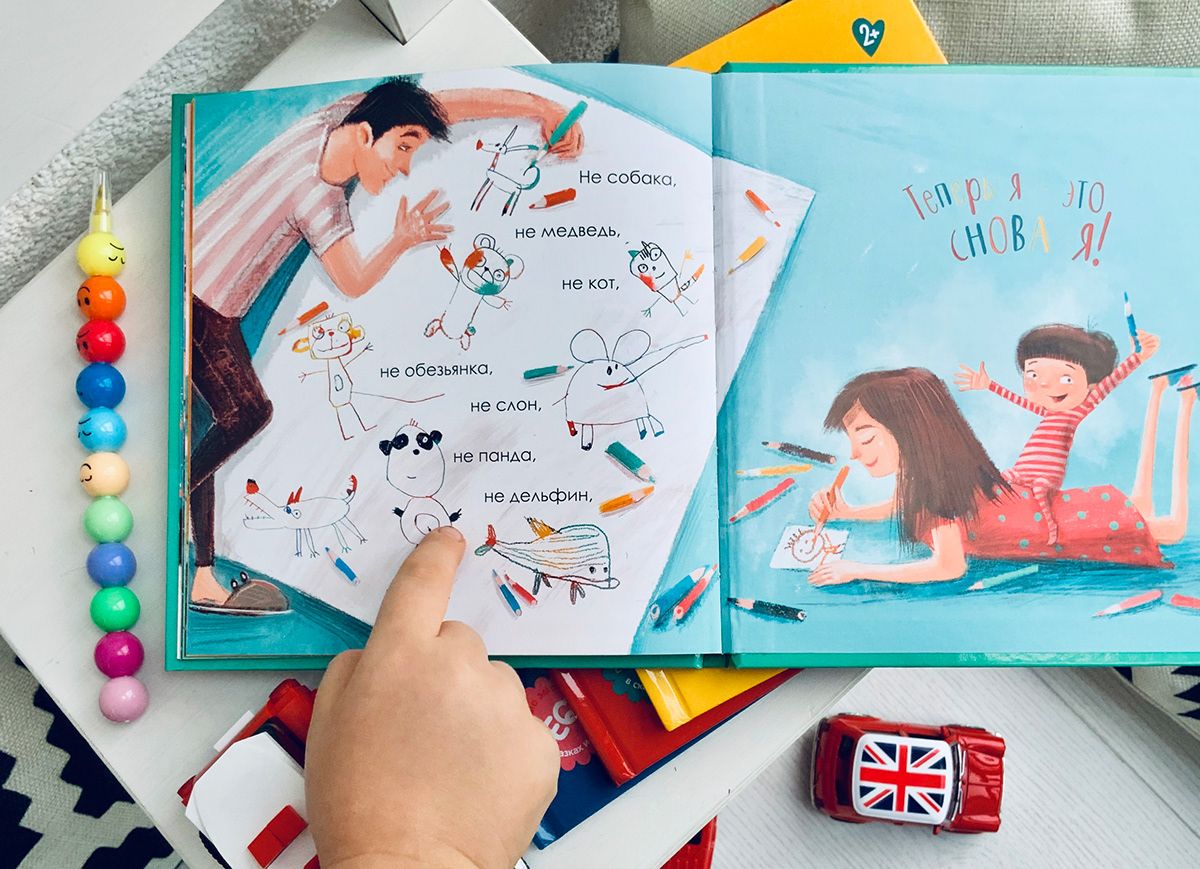
Welches Papier eignet sich am besten zum Drucken von Kinderbüchern?
Bei der Gestaltung eines Kinderbuchs kommt es auf jedes Element an – insbesondere auf die Wahl des Papiers. Die Wahl der richtigen Papiersorte kann das Aussehen eines Buches verbessern,
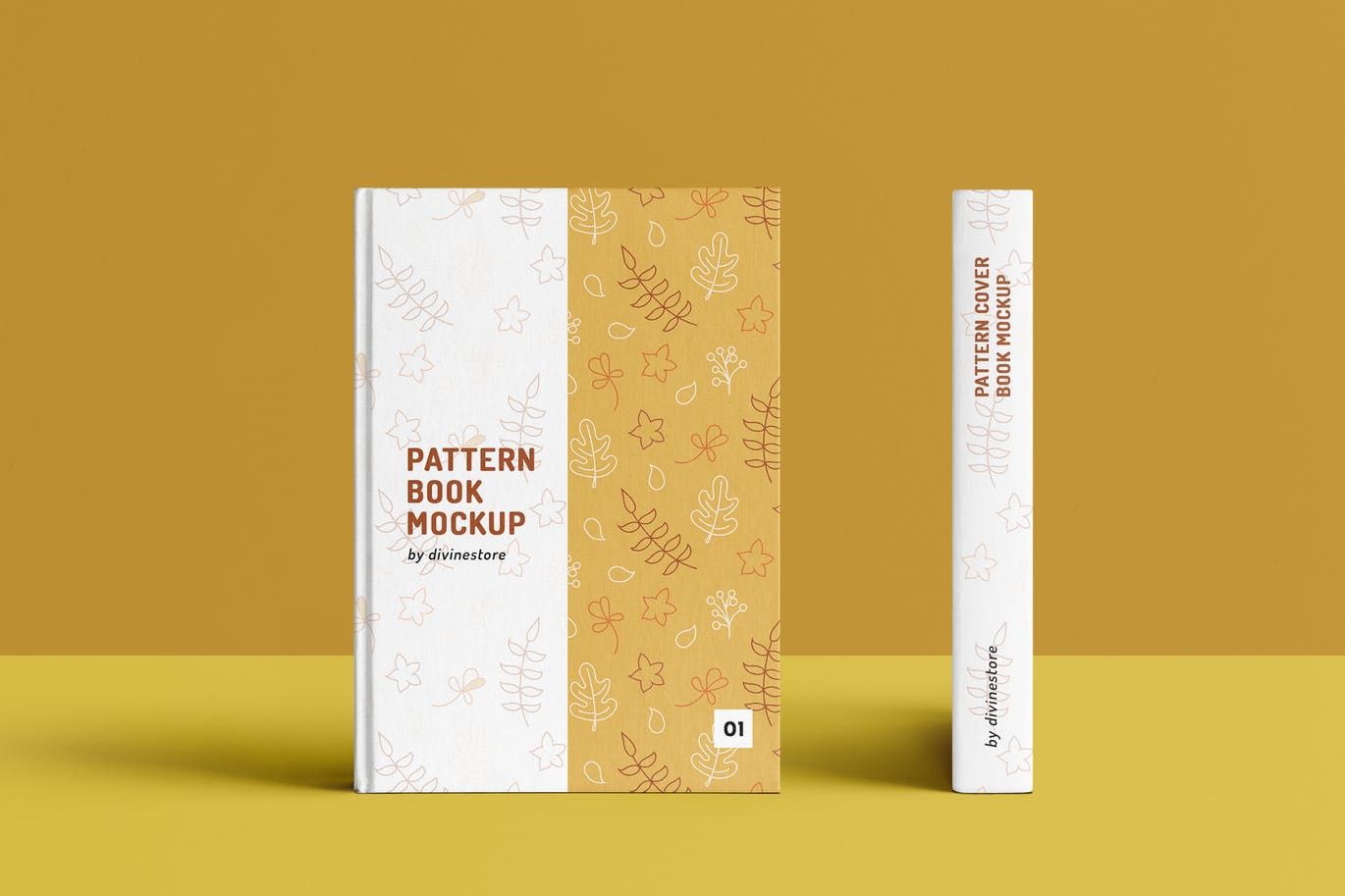
Warum die Wahl eines professionellen Buchdruckdienstes eine kluge Investition für Ihr Projekt ist
Bücher haben einen zeitlosen Charme und bieten eine einzigartige Möglichkeit, Wissen, Geschichten und Ideen zu vermitteln. Trotz des Aufstiegs des digitalen Lesens
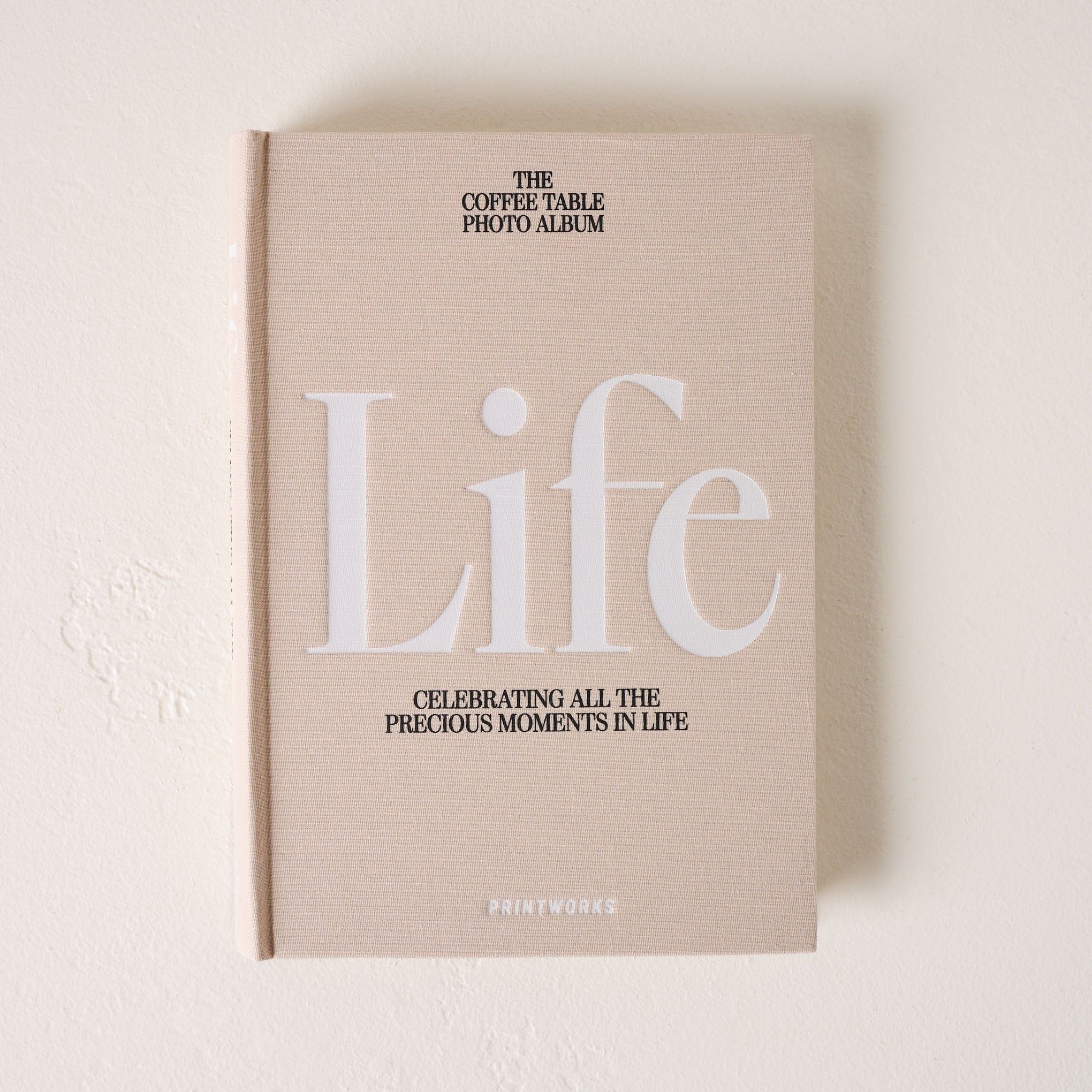
Warum mögen Menschen gebundene Bücher?
Wenn Sie sich in die Selbstveröffentlichung stürzen, wird eines Ihrer Hauptanliegen darin bestehen, kostengünstige Optionen für den Buchdruck zu finden
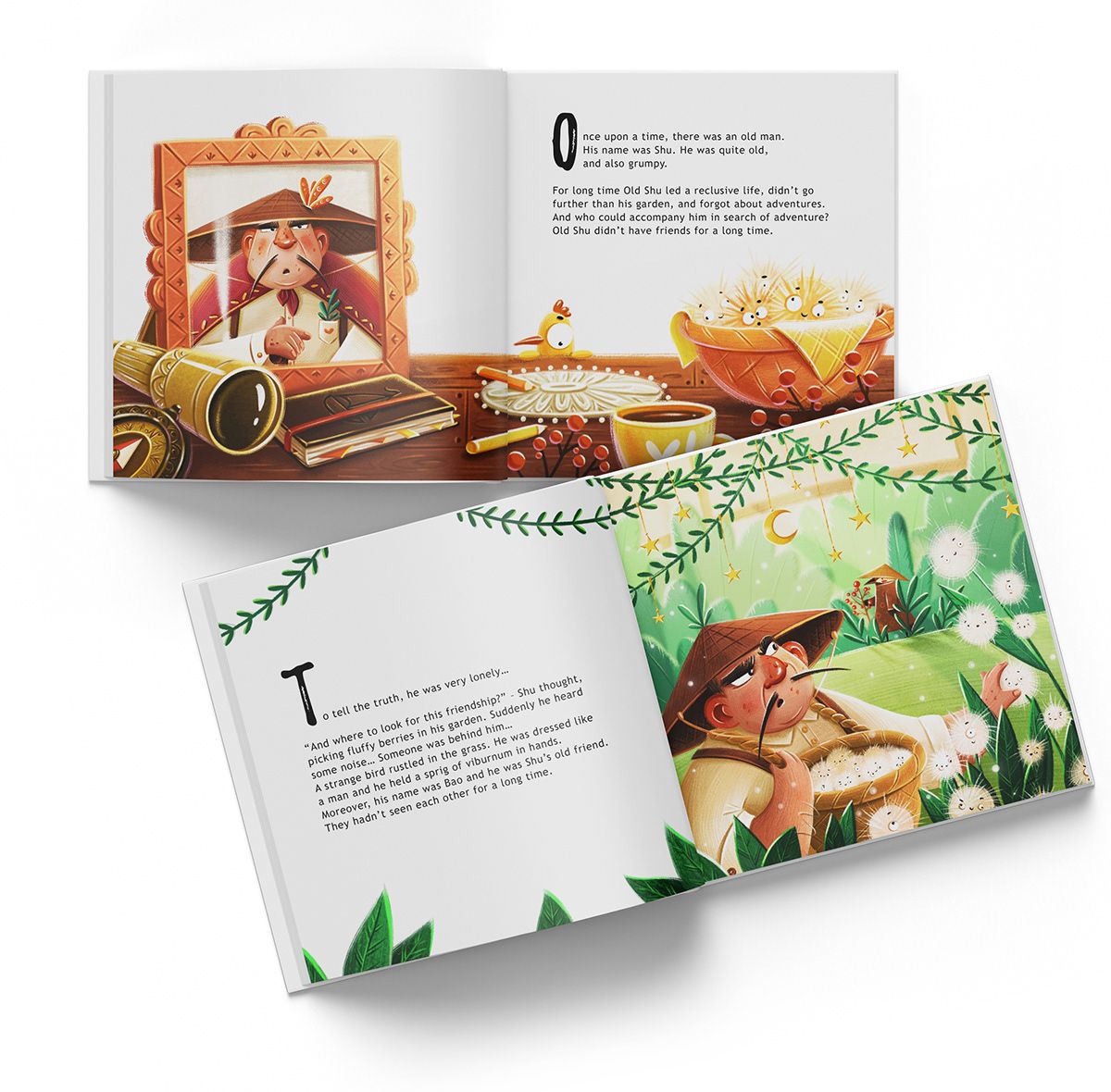
Wie viel kostet der Druck eines Kinderbuchs?
Sie haben Ihr ganzes Herzblut in das Schreiben und Illustrieren Ihres 32-seitigen Kinderbuchs gesteckt und können es nun kaum erwarten, es als gedrucktes Werk zum Leben zu erwecken. Als Buchdruckerei
Kontaktieren Sie uns
- +86 13946584521
- info@booksprinting.net
- 8:00 - 22:00 Uhr (Mo - So)
Schlagwörter
Kommentare
Verwandter Blog
Finden Sie die neusten Trends und allgemeines Wissen im Buchdruckgeschäft.
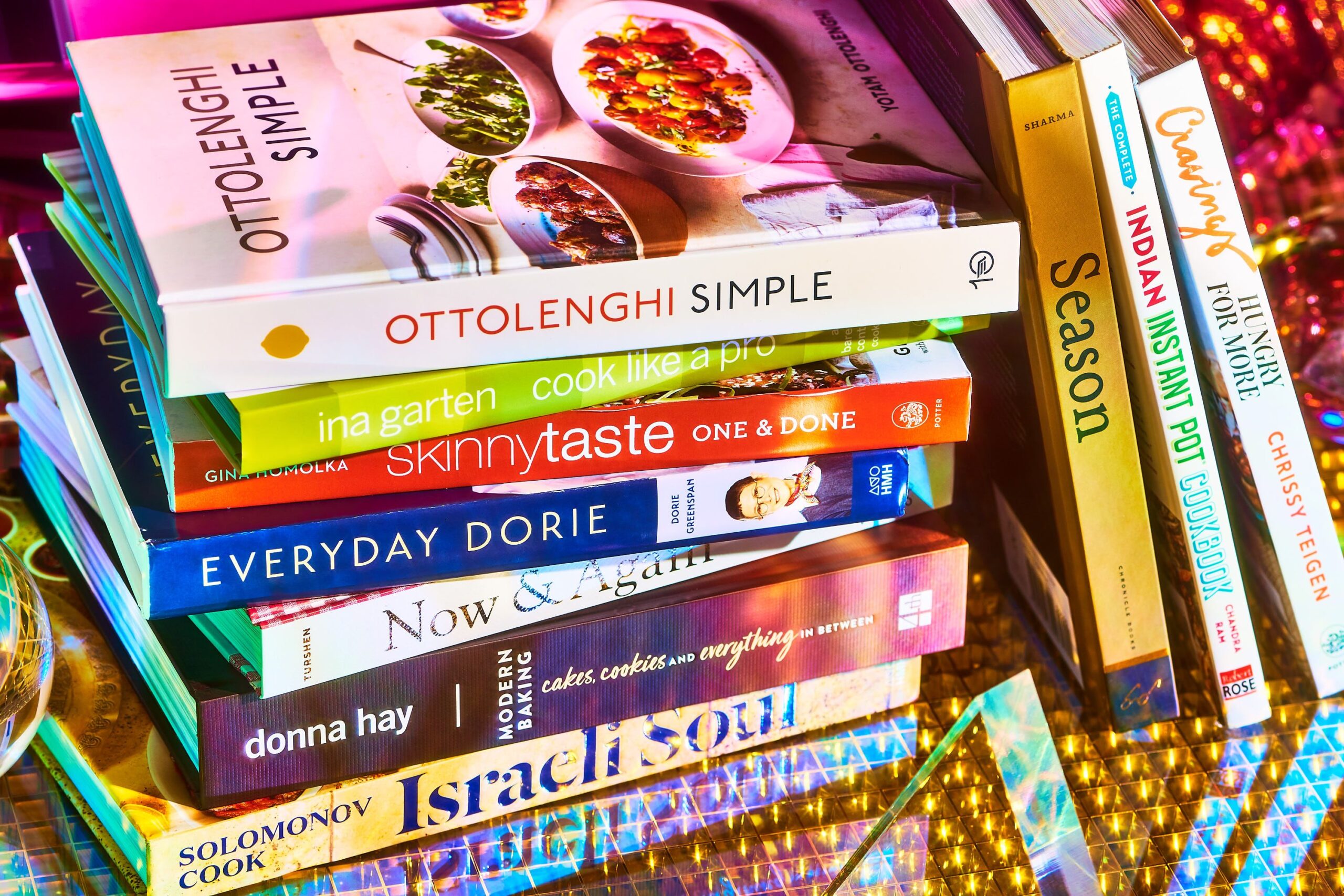
Wie viel kostet es, ein Buch zu drucken?
Self-Publishing ist zunehmend zu einer idealen Wahl für Autoren und Content-Ersteller geworden, die die Kontrolle über ihre Arbeit von der Erstellung bis zum Verkauf behalten möchten. Im Gegensatz zum traditionellen Veröffentlichen

Wie viel kostet der Druck eines Kinderbuchs?
Sie haben Ihr ganzes Herzblut in das Schreiben und Illustrieren Ihres 32-seitigen Kinderbuchs gesteckt und können es nun kaum erwarten, es als gedrucktes Werk zum Leben zu erwecken. Als Buchdruckerei
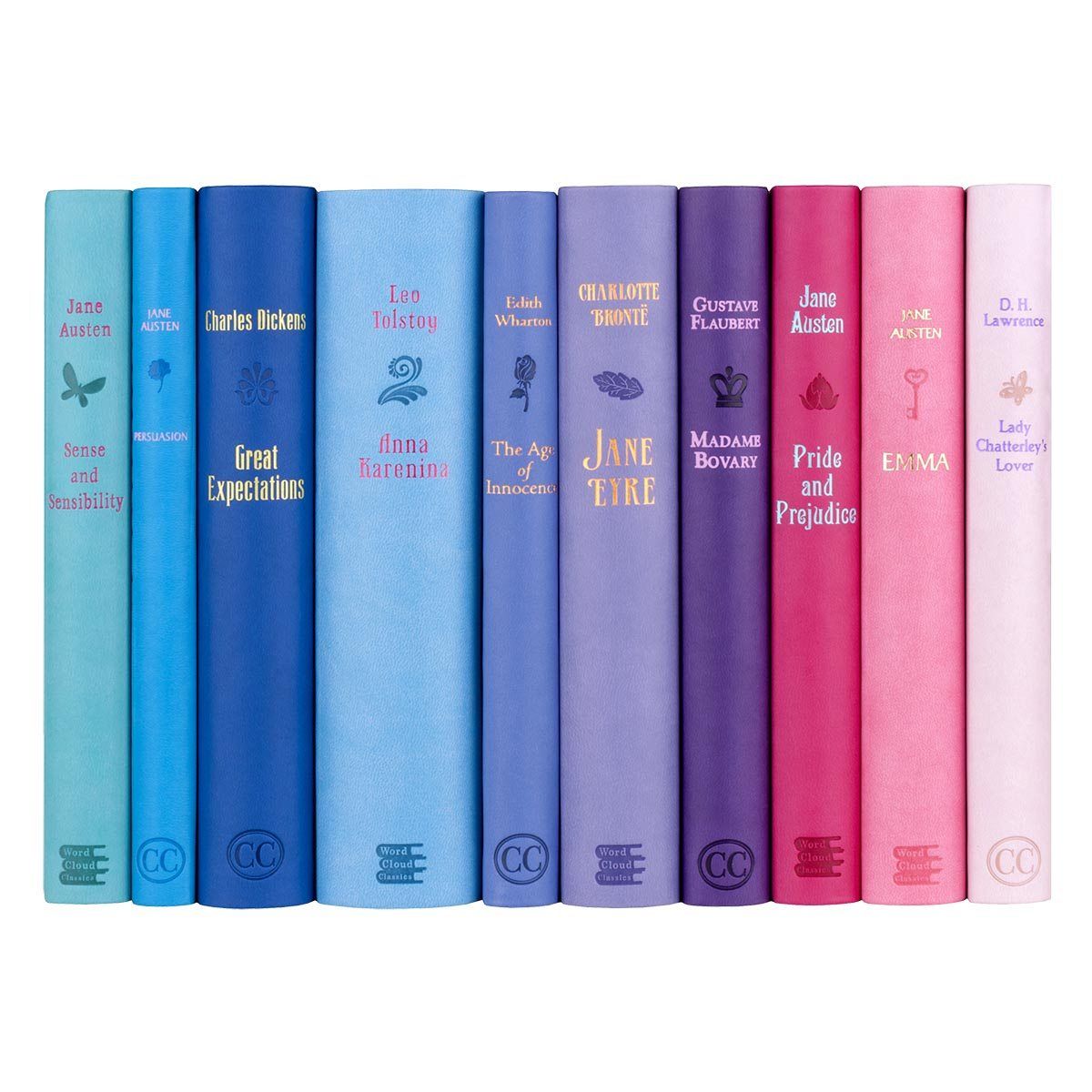
5 wichtige Vorteile von Massendruckdiensten für Unternehmen
In einem sich ständig weiterentwickelnden Geschäftsumfeld ist die Erzielung von Kosten- und Zeiteffizienz von entscheidender Bedeutung, um der Konkurrenz einen Schritt voraus zu sein
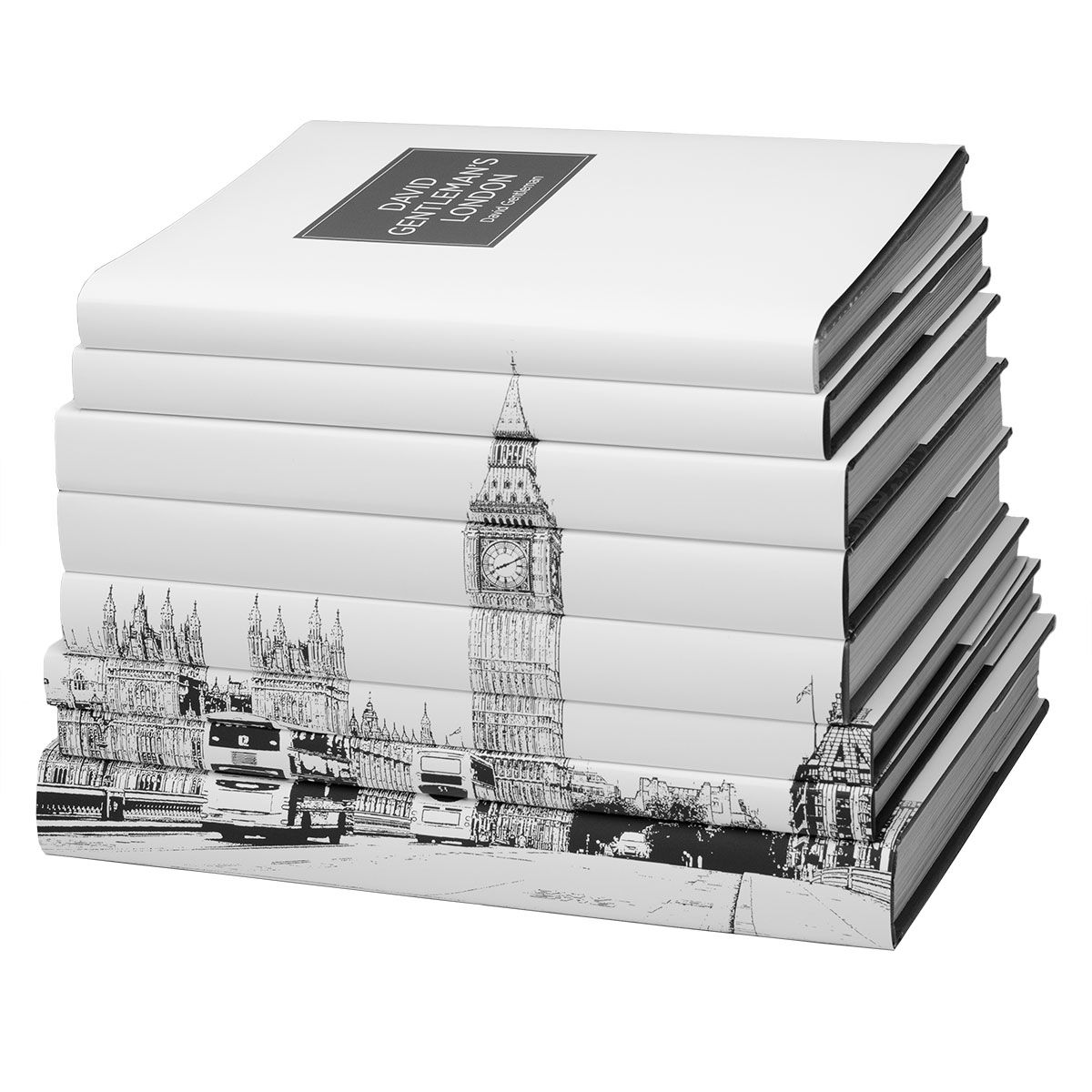
Auswahl der richtigen Buchdruckerei in China
Sind Sie ein aufstrebender Autor oder ein Selbstverleger, der sein literarisches Werk zum Leben erwecken möchte? Die Auswahl der richtigen Buchdruckerei ist ein entscheidender Schritt, der die Qualität und den Erfolg Ihrer Veröffentlichung maßgeblich beeinflussen kann.

